“Hair is a form of art. Each strand has a story to tell.” – Wellness Kraft
Introduction
Having luscious and healthy hair is something many of us desire. Our hair is an important part of our appearance and plays a significant role in boosting our confidence. However, achieving and maintaining beautiful hair requires more than just regular washing and styling.
To truly transform your hair care routine and unlock its full potential, it’s time to try some game-changing tips. In this comprehensive guide, we will explore ten hair care tips that are sure to revolutionize your hair care routine and help you achieve the gorgeous locks you’ve always dreamed of.
From choosing the right products to adopting simple yet effective practices, these tips will empower you to take better care of your hair and enhance its natural beauty. So, let’s dive in and discover the game-changing hair care tips you need to try today!
Table of Contents
Tip 1: Use a Sulfate-Free Shampoo
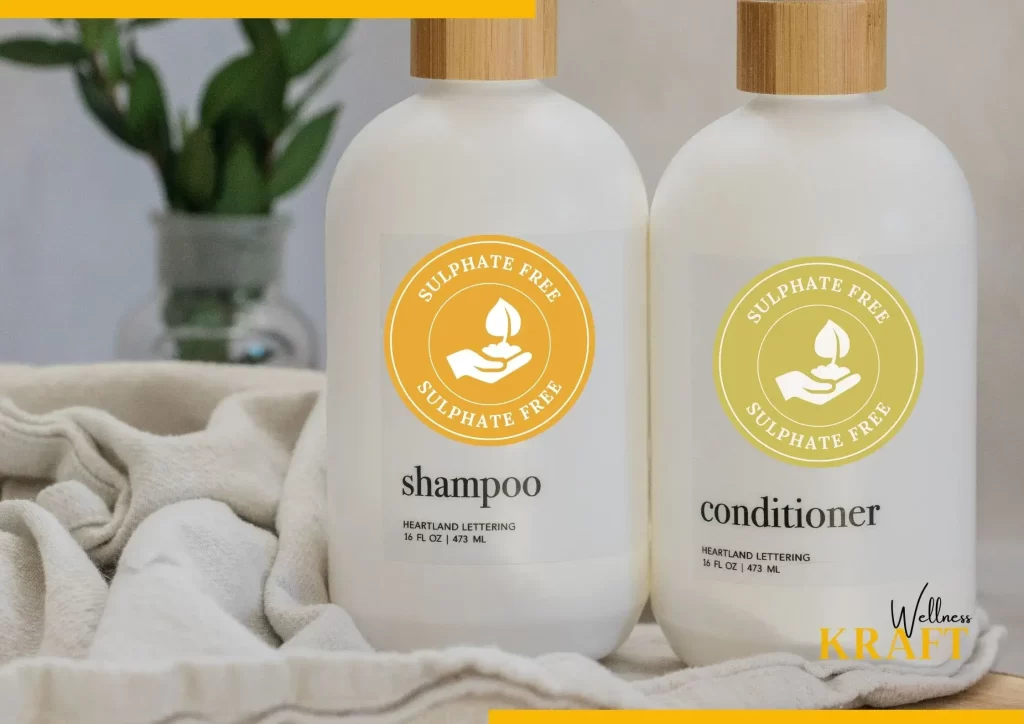
Using a sulfate-free shampoo can be a game-changer for your hair care routine. Sulfates are harsh cleansing agents commonly found in many shampoos, known for their ability to create a rich lather. However, they can strip away the natural oils from your hair, leaving it dry, brittle, and prone to damage. By switching to a sulfate-free shampoo, you can gently cleanse your hair without compromising its health.
Sulfate-free shampoos are formulated with milder surfactants that effectively cleanse your scalp and hair while maintaining the natural moisture balance. They help to retain essential oils, preventing your hair from becoming excessively dry and maintaining its natural shine. Additionally, sulfate-free shampoos are suitable for all hair types, including color-treated or chemically processed hair, as they are less likely to cause fading or color distortion.
When choosing a sulfate-free shampoo, look for nourishing ingredients like argan oil, coconut oil, or aloe vera, which can provide hydration and promote healthier hair. Remember to thoroughly rinse your hair after shampooing to remove any residue and follow up with a hydrating conditioner for optimal results.
Tip 2: Wash Your Hair Less Often
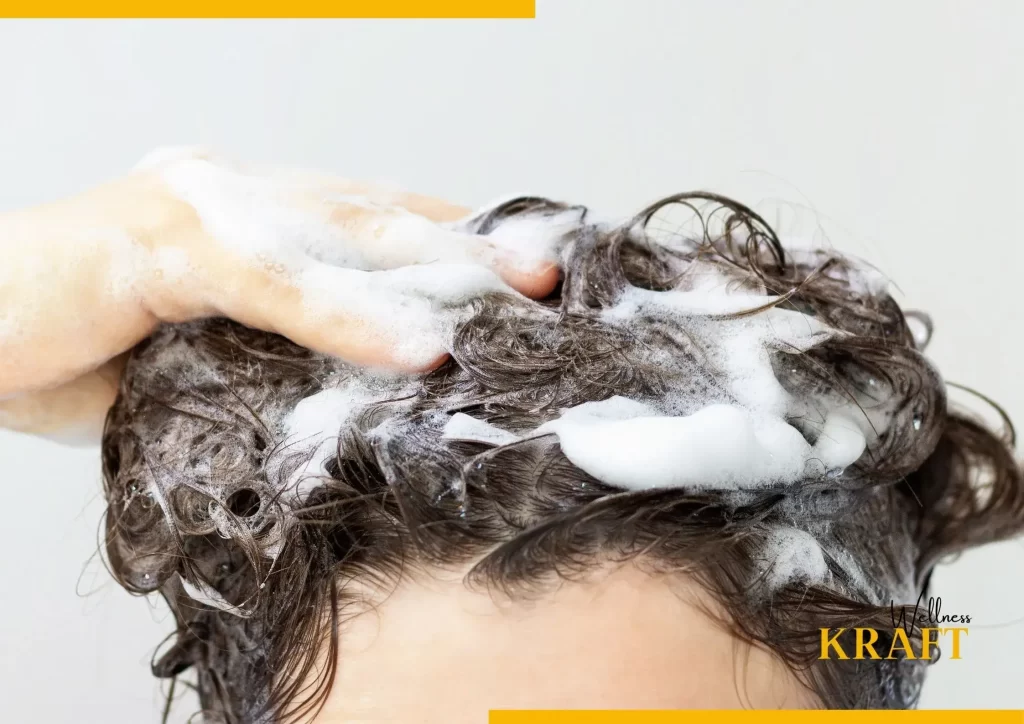
Contrary to popular belief, washing your hair daily may not be the best way to maintain healthy locks. Overwashing can strip away the natural oils produced by your scalp, leading to dryness and increased oil production as a result of your scalp compensating for the loss.
To strike the right balance, consider reducing the frequency of hair washes. Aim to wash your hair every two to three days or even less frequently if your hair type allows. This allows the natural oils to distribute throughout your strands, keeping them moisturized and protected.
On non-wash days, you can freshen up your hair by using dry shampoo or opting for hairstyles that require less washing. Dry shampoos work by absorbing excess oil, leaving your hair looking clean and refreshed. Simply spray it onto your roots, massage it in, and brush out any residue. This quick fix not only saves time but also helps maintain your hair’s natural oils, promoting healthier and more manageable strands.
Remember, finding the right balance for your hair’s specific needs is essential. Pay attention to how your hair feels and looks after each wash to determine the ideal frequency that keeps your hair clean, nourished, and full of life. By implementing these game-changing hair care tips, you’re well on your way to improving your hair care routine.
Tip 3: Use a Deep Conditioning Treatment
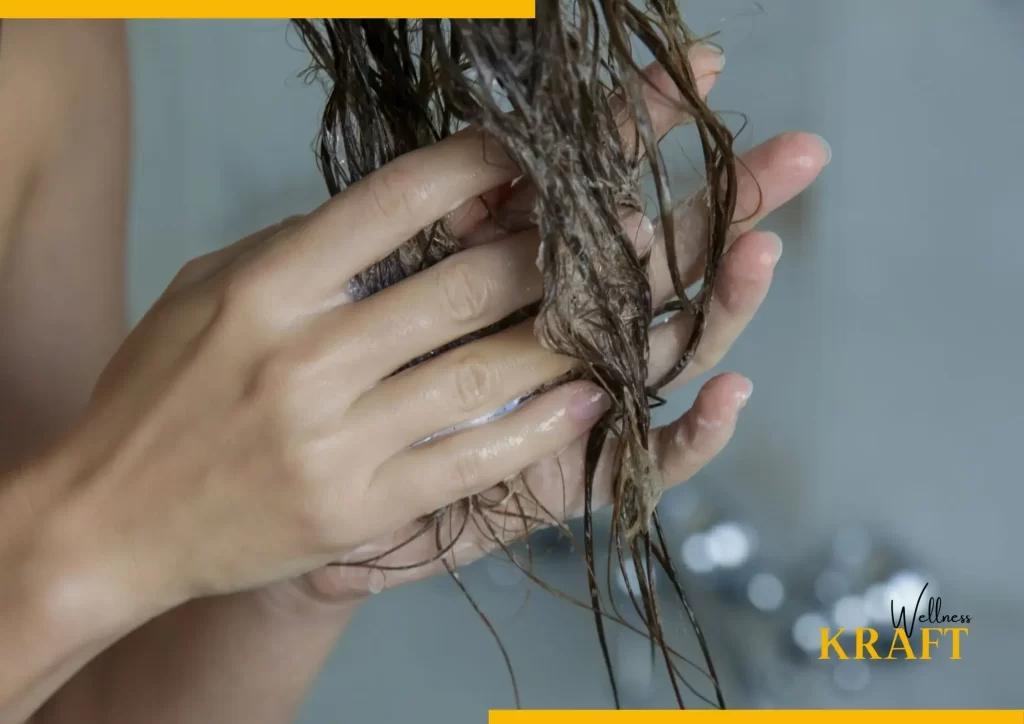
Integrating a deep conditioning treatment into your hair care routine can work wonders for rejuvenating and nourishing your hair. Deep conditioning treatments are specifically formulated to provide intense hydration, repair damage, and restore the health of your hair.
These treatments typically come in the form of hair masks, deep conditioners, or hair oils enriched with beneficial ingredients such as shea butter, argan oil, or keratin. They penetrate deep into the hair shaft, replenishing moisture, and strengthening your strands from within. Deep conditioning treatments can help combat dryness, frizz, and brittleness, leaving your hair soft, smooth, and more manageable.
To use a deep conditioning treatment, start by shampooing your hair as usual. Then, apply the treatment generously from root to tip, focusing on the mid-lengths and ends where damage tends to be more prevalent. Gently massage it into your hair and leave it on for the specified duration mentioned on the product packaging. The nourishing components can then work their magic as a result. For an extra boost, you can cover your hair with a shower cap or wrap it in a warm towel to enhance absorption.
After the designated time, rinse your hair thoroughly to remove the treatment. You’ll notice an immediate difference in the texture and appearance of your hair. For best results, incorporate a deep conditioning treatment into your hair care routine once or twice a week, depending on your hair’s needs. Do try this hair care tips for amazing result.
Tip 4: Prevent Heat Damage to Your Hair
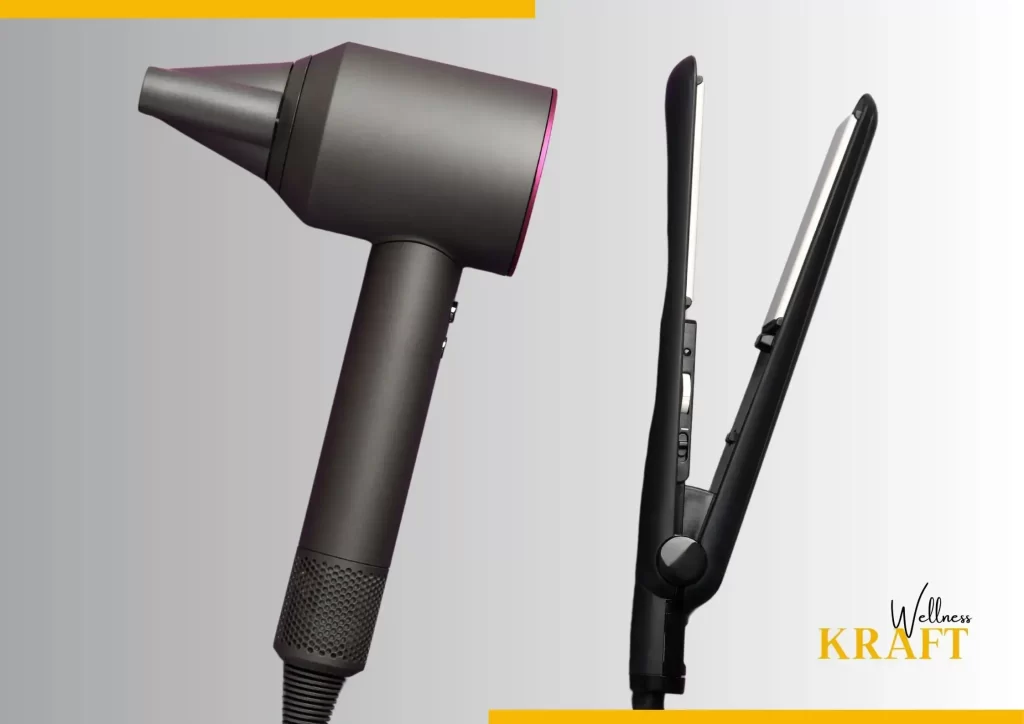
Heat styling tools like straighteners, curling irons, and hair dryers have become an integral part of many people’s daily hair routines. However, excessive heat can cause significant damage to your hair, leading to dryness, breakage, and even split ends. That’s why it’s crucial to protect your hair from heat damage by following this simple hair care tips.
Before applying heat to your hair, always start with a heat protectant spray or serum. These products create a protective barrier between your hair and the hot styling tools, reducing the amount of heat absorbed by your strands. Look for products that contain ingredients like silicones or polymers, which form a shield around your hair, preventing moisture loss and minimizing damage.
Additionally, adjust the heat settings on your styling tools to avoid using excessive temperatures. Lower heat settings can still provide effective results while minimizing the risk of heat damage. If possible, give your hair a break from heat styling and embrace natural hairstyles or alternative methods like heatless curls or air drying.
Another way to protect your hair from heat damage is by reducing the frequency of heat styling. Embrace low-maintenance hairstyles or explore different ways to style your hair without relying solely on heat. This gives your hair a chance to recover and restores its natural resilience.
By incorporating deep conditioning treatments and protecting your hair from heat damage, you’re taking important steps to improve the health and vitality of your locks. In the next sections, we’ll explore more game-changing hair care tips that will enhance your hair care routine and help you achieve the hair of your dreams.
Tip 5: Use a Leave-in Conditioner
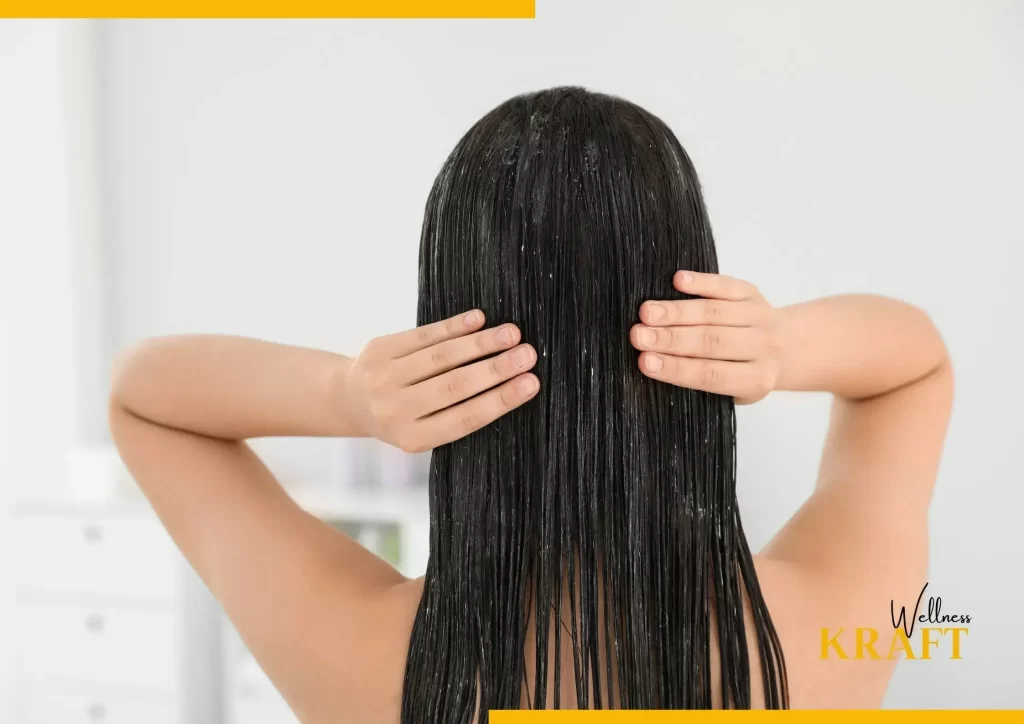
Adding a leave-in conditioner to your hair care arsenal can be a game-changer when it comes to maintaining well-hydrated and manageable hair throughout the day. Leave-in conditioners provide an extra layer of moisture and protection to your hair, helping to combat dryness, frizz, and tangles.
Unlike regular conditioners that you rinse out in the shower, leave-in conditioners are designed to be applied to damp or dry hair and left in without rinsing. They come in various forms such as sprays, creams, or serums, and they are typically lightweight, ensuring they don’t weigh down your hair.
Leave-in conditioners work by coating your hair strands, sealing in moisture, and providing nourishing ingredients that keep your hair hydrated and protected. They can also act as a detangler, making it easier to comb through your hair and reducing breakage. Some leave-in conditioners even offer additional benefits like heat protection or UV filters to shield your hair from environmental damage.
To use a leave-in conditioner, start by washing and towel-drying your hair. Then, depending on the product type, spray or apply a small amount of the leave-in conditioner onto your hair, focusing on the mid-lengths and ends. Avoid applying it to the roots to prevent weighing down your hair. Gently comb through your hair to distribute the product evenly, and then proceed with your regular styling routine.
Using a leave-in conditioner regularly can make a noticeable difference in the overall health and appearance of your hair, leaving it softer, smoother, and more manageable. Experiment with different brands and formulations to find the one that suits your hair type and specific needs the best.
Tip 6: Use a Silk Pillowcase
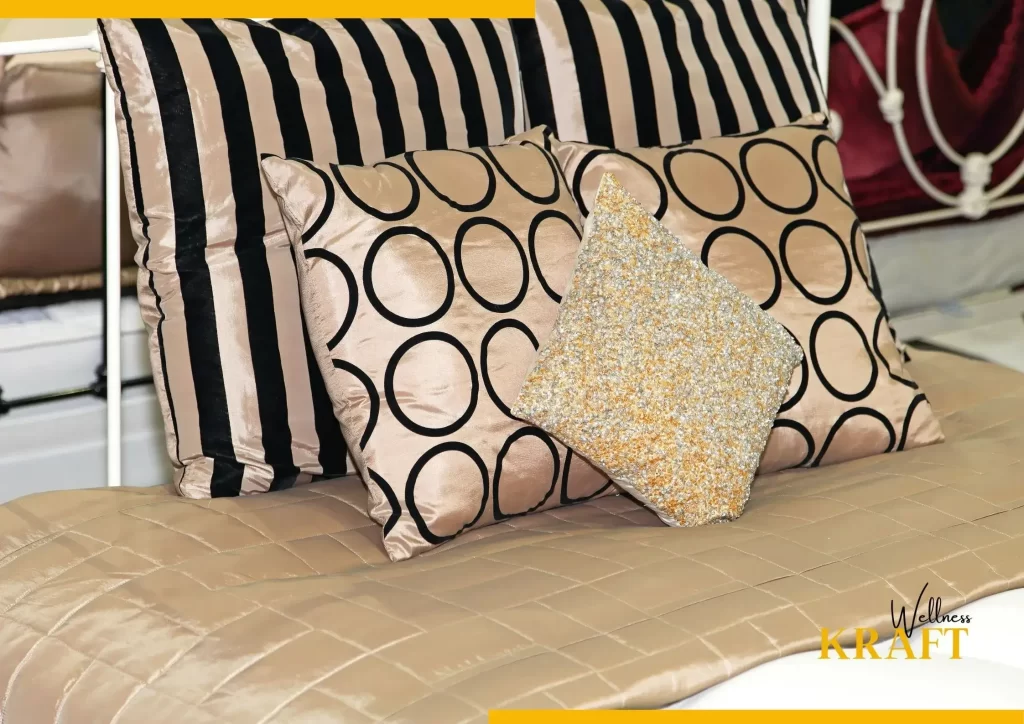
Believe it or not, your choice of pillowcase can have a significant impact on the health of your hair. Silk pillowcases, in particular, offer several benefits that can transform your hair care routine.
Silk is a smooth and luxurious fabric that creates less friction against your hair compared to traditional cotton pillowcases. This reduced friction helps to minimize hair breakage, tangles, and frizz, as your hair glides smoothly across the surface while you sleep. In contrast, cotton pillowcases can cause more friction, leading to hair damage and morning bedhead.
Furthermore, silk pillowcases are gentle on your hair, preventing the excessive pulling and tugging that can occur with other fabrics. This is especially beneficial for those with delicate or fine hair that is prone to breakage.
Another advantage of silk pillowcase is their ability to maintain your hair’s moisture balance. Unlike cotton, silk doesn’t absorb the natural oils from your hair, allowing them to remain on your strands. This helps to keep your hair hydrated, reducing dryness and promoting healthier-looking locks.
Additionally, silk pillowcases offer benefits for your skin as well. They are less likely to cause facial creases or wrinkles, and they can help regulate your skin’s moisture levels, providing a smoother and more comfortable sleeping surface.
To incorporate a silk pillowcase into your hair care routine, simply replace your current pillowcase with one made of 100% silk. Ensure that the pillowcase is of good quality and has a smooth texture. You can also use a silk hair wrap or bonnet to further protect your hair while you sleep.
By using a leave-in conditioner and opting for a silk pillowcase, you’re taking proactive steps to nourish and protect your hair, enhancing its overall health and appearance.
Tip 7: Brush your Hair Before Showering
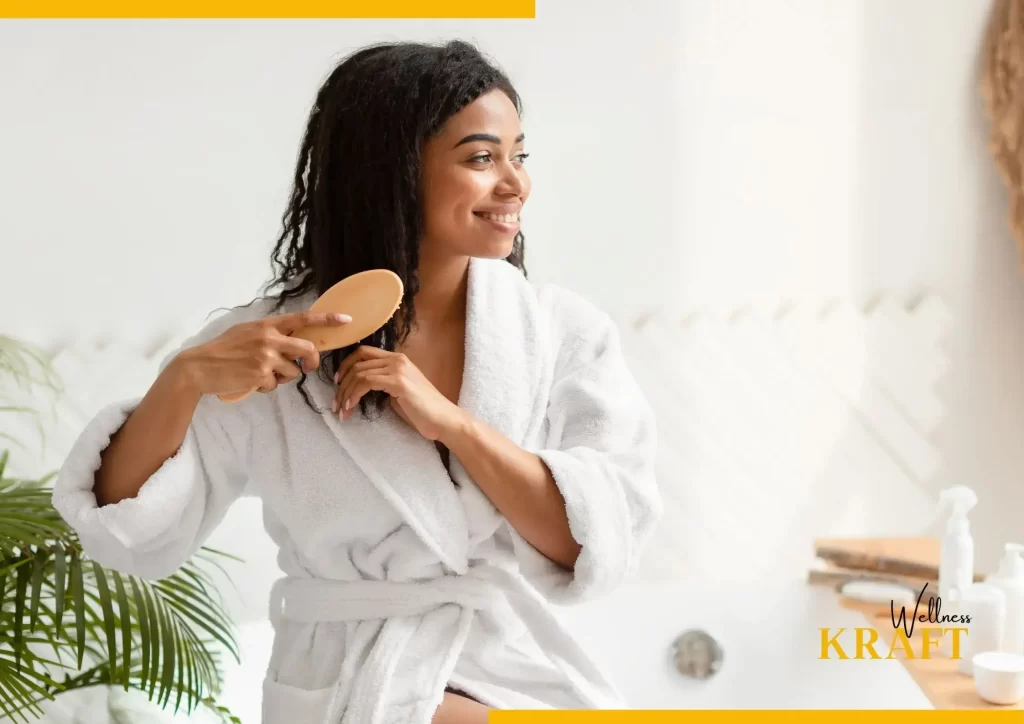
Brushing your hair before showering may seem counterintuitive, but it can actually benefit your hair in multiple ways. By gently detangling your hair prior to showering, you can prevent unnecessary breakage and make the washing process much easier.
When your hair is wet, it becomes more fragile and prone to breakage. Brushing wet hair vigorously can lead to hair fall and damage. By brushing your hair before stepping into the shower, you remove any knots or tangles that may have formed, reducing the chances of further tangling and breakage while washing.
To brush your hair effectively, start by using a wide-toothed comb or a brush specifically designed for detangling. Begin at the ends of your hair and work your way up towards the roots, gradually working out any knots or snarls. Take your time and be gentle to minimize hair breakage.
Once your hair is detangled, you can proceed with your regular shampooing and conditioning routine. Remember to handle your hair with care while washing, using gentle motions and avoiding rough towel-drying. This practice can help maintain the health and integrity of your hair, leaving it smoother and less prone to breakage.
Tip 8: Avoid Tight Hairstyles
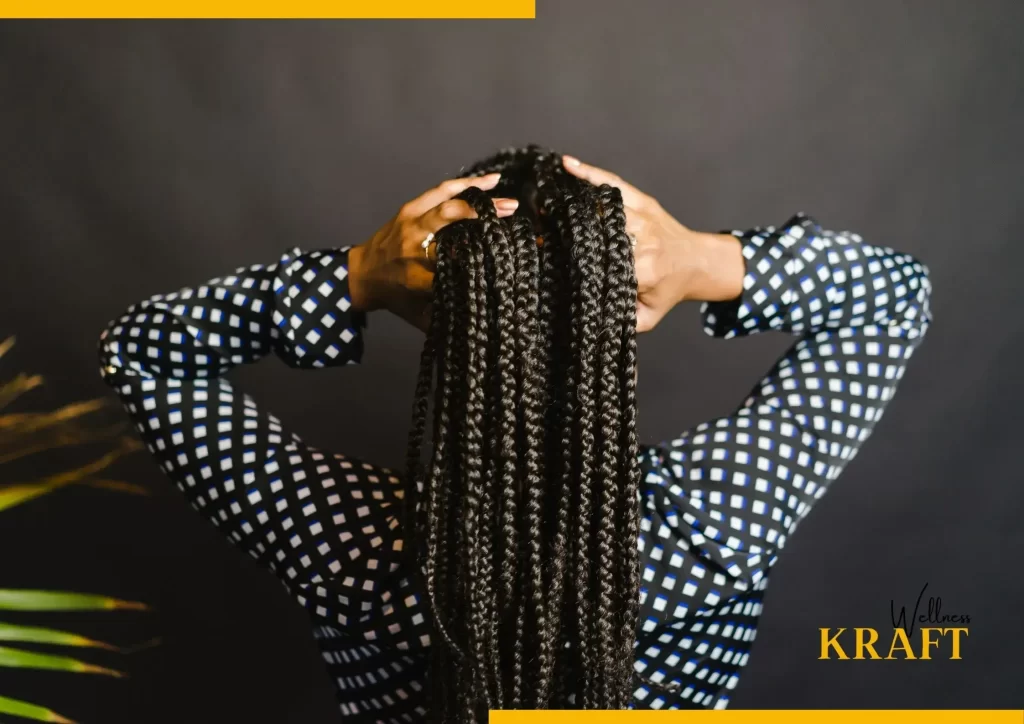
While tight hairstyles like ponytails, buns, or braids can be stylish and convenient, they can also exert excessive tension on your hair, leading to breakage, hair loss, and even traction alopecia. To protect your hair and maintain its health, it’s essential to avoid tight hairstyles as much as possible.
Tight hairstyles pull on the hair shafts, straining the roots and causing undue stress. This constant tension weakens the hair over time, leading to thinning, hair breakage, and receding hairlines. Additionally, tight hairstyles can disrupt the natural hair growth cycle, potentially causing long-term damage.
Instead of opting for tight hairstyles, consider looser alternatives that allow your hair to breathe and move freely. If you prefer wearing your hair up, try using scrunchies or hair ties made from soft fabric or materials that minimize friction and pressure on your hair. Loosening the grip of your hairstyle and giving your hair regular breaks from tight styles can make a significant difference in preserving the health and strength of your strands.
When styling your hair, aim for gentle and relaxed options like loose braids, low buns, or half-up hairstyles. These styles provide a balance between functionality and hair health, reducing the strain on your hair while still looking stylish.
By brushing your hair before showering and avoiding tight hairstyles, you’re incorporating practices that promote hair health and prevent unnecessary damage.
Tip 9: Trim Your Hair Regularly
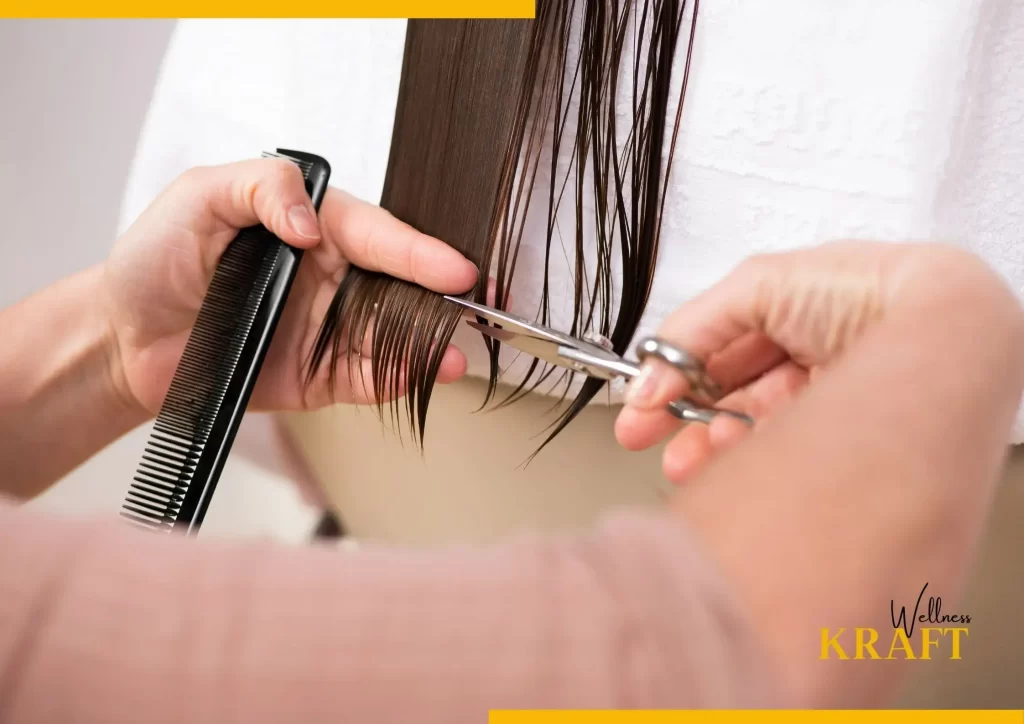
Regular hair trims are essential for maintaining healthy and vibrant locks. Over time, split ends and breakage can occur, causing your hair to appear dull and lifeless. By getting regular trims, you can remove damaged ends and promote healthier hair growth.
When your hair develops split ends, they can travel up the hair shaft, leading to further breakage and damage. Trimming your hair every 6 to 8 weeks helps to prevent split ends from worsening and keeps your hair looking fresh and well-maintained. Regular trims also help to maintain your hair’s shape and style, preventing it from appearing uneven or unkempt.
During your trim, communicate with your hair stylist or trim your hair at home by following proper techniques. The amount you trim depends on your hair’s condition and your personal preference. Remember, it’s better to remove a small amount consistently than to let split ends continue to damage your hair.
By incorporating regular trims into your hair care routine, you’ll be able to maintain the health, strength, and overall appearance of your hair.
Tip 10: Use a Clarifying Treatment
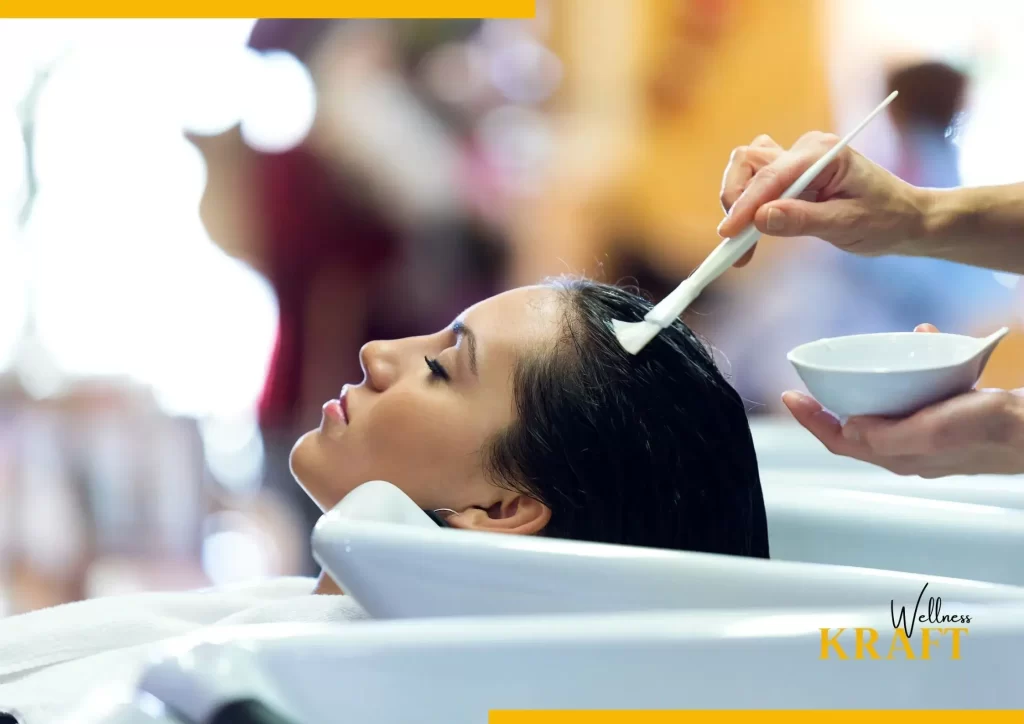
Over time, your hair can accumulate residue from styling products, hard water minerals, and environmental pollutants. This build-up can weigh down your hair, making it look dull and lifeless. That’s where a clarifying treatment comes in handy and works as one of the most effective hair care tips.
A clarifying treatment is a deep-cleansing hair product designed to remove product build-up, excess oils, and impurities from your hair and scalp. It helps to restore your hair’s natural shine, bounce, and manageability.
There are different types of clarifying treatments available, including clarifying shampoos and hair masks. These products are formulated with potent ingredients like apple cider vinegar, activated charcoal, or salicylic acid, which effectively break down and remove build-up without stripping away essential oils.
To use a clarifying treatment, wet your hair thoroughly and apply the product evenly, focusing on the roots and areas where build-up is most noticeable. Gently massage your scalp to ensure thorough cleansing, and then rinse your hair well. Follow up with a hydrating conditioner to replenish any lost moisture.
It’s important to note that clarifying treatments should not be used excessively, as they can potentially strip away too much natural oil and disrupt your hair’s moisture balance. Aim to use a clarifying treatment once a month or as needed, depending on your hair’s condition and the amount of product you typically use.
Using a clarifying treatment regularly can help keep your hair free from build-up, restoring its natural radiance and improving its overall health. Remember to follow up with a good conditioning routine to maintain moisture and keep your hair hydrated.
By regularly trimming your hair and incorporating a clarifying treatment, you’re taking proactive steps to keep your hair in optimal condition.
Concluding Thoughts
In conclusion, incorporating these game-changing hair care tips into your routine can make a significant difference in the health, appearance, and manageability of your hair.
Investing time and effort into a proper hair care routine is worth it. Healthy, beautiful hair not only boosts your confidence but also contributes to your overall well-being. So, go ahead and try out these game-changing hair care tips today for hair that looks and feels amazing.
Incorporating Wellness Kraft‘s hair care tips into your hair care routine can lead to remarkable transformations and revolutionize the way you care for your hair. By following their proven and effective techniques, you can experience breakthrough results and tap into the power of cutting-edge hair care practices.
With a focus on nourishing, hydrating, and protecting your strands, Wellness Kraft‘s hair care tips offer an essential approach to achieving optimal hair health. Embracing these game-changing methods will undoubtedly leave you with remarkable, powerful results that will leave you feeling confident and satisfied.
Key Takeaways
1. Use sulfate-free shampoos to avoid stripping your hair of natural oils.
2. Washing your hair less frequently can help maintain its natural balance and prevent excessive dryness.
3. Deep conditioning treatments provide nourishment and repair for your hair.
4. Protect your hair from heat damage by using heat protectant products and minimizing heat styling.
5. Leave-in conditioners offer added hydration and manageability throughout the day.
6. Silk pillowcases reduce friction and minimize hair breakage while you sleep.
7. Brush your hair before showering to detangle and minimize breakage during washing.
8. Avoid tight hairstyles that strain your hair and can lead to breakage or traction alopecia.
9. Regular trims help remove split ends and promote healthier hair growth.
10. Clarifying treatments remove product build-up and restore your hair’s natural shine.
FAQs
1. How often should I wash my hair?
Washing frequency depends on your hair type and individual needs. Generally, washing every 2-3 days is recommended, but adjust based on how your hair feels.
2. Can I use regular shampoo instead of sulfate-free shampoo?
Sulfate-free shampoos are gentler on the hair and scalp, especially for those with dry or sensitive hair. However, you can use regular shampoo if it works well for you.
3. Are deep conditioning treatments suitable for all hair types?
Yes, deep conditioning treatments benefit all hair types, providing moisture and nourishment. Adjust the treatment formulation based on your specific hair needs.
4. How can I prevent heat damage to my hair?
Use heat protectant products before styling with heat tools and minimize the use of high heat. Opt for lower heat settings and give your hair breaks from heat styling.
5. Can leave-in conditioners make my hair greasy?
Leave-in conditioners are typically lightweight and shouldn’t make your hair greasy when used in moderation. Start with a small amount and adjust as needed.
6. Do silk pillowcases prevent all hair breakage?
Silk pillowcases help reduce friction, minimizing hair breakage. However, other factors like hair care practices and overall hair health also play a role.
7. Should I brush my hair when it’s wet?
Wet hair is more fragile, so it’s best to use a wide-toothed comb or a brush specifically designed for detangling. Be gentle to avoid unnecessary breakage.
8. Can tight hairstyles cause permanent hair loss?
Constantly wearing tight hairstyles can lead to traction alopecia, a form of hair loss. It’s important to balance style and hair health by opting for looser hairstyles.
9. How much hair should I trim during a haircut?
The amount to trim depends on the condition of your hair and your personal preference. Removing around 1/4 to 1/2 inch every 6-8 weeks is a general guideline.
10. How often should I use a clarifying treatment?
Use a clarifying treatment once a month or as needed to remove product build-up. Avoid excessive use, as it can strip away natural oils and cause dryness.



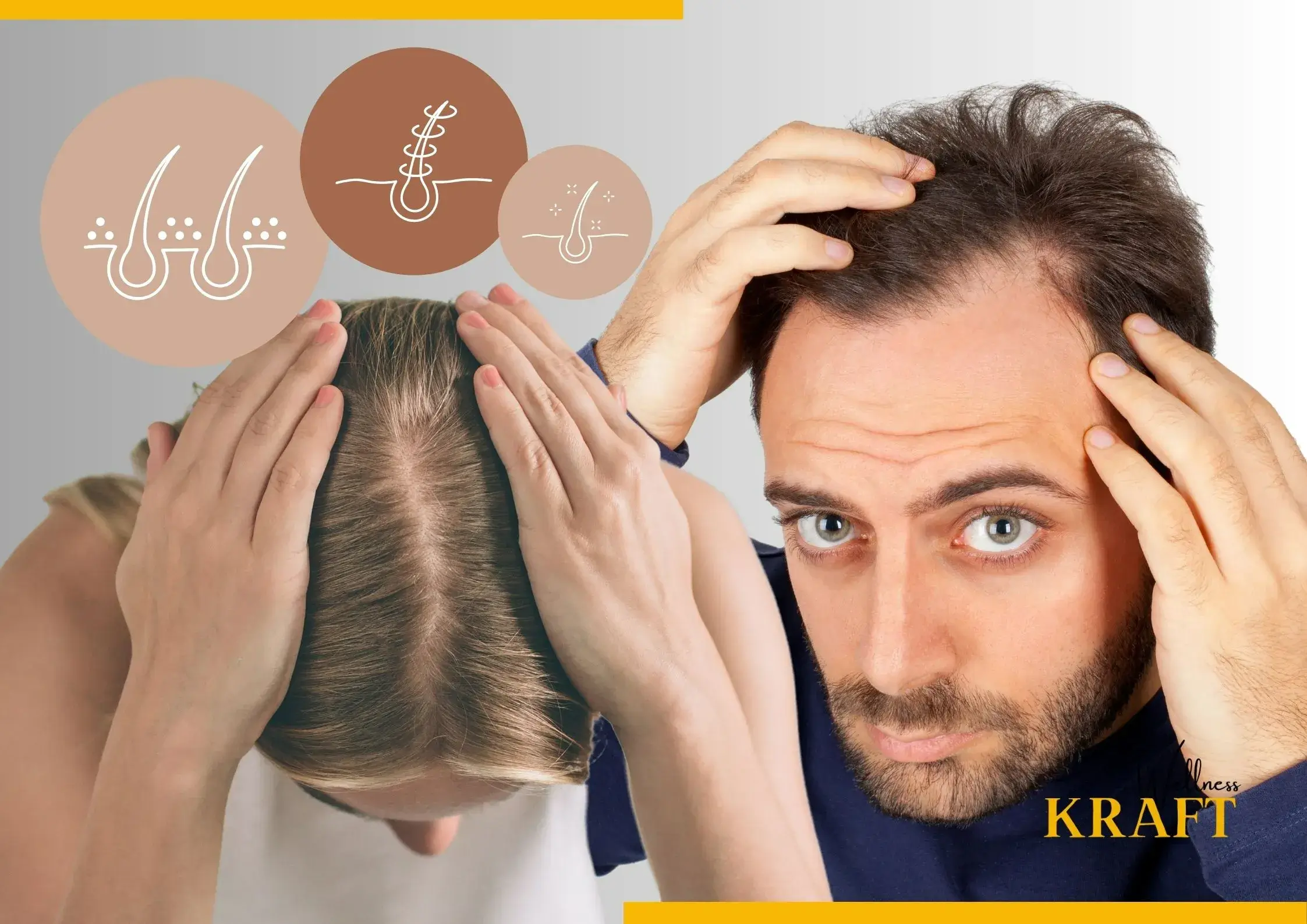
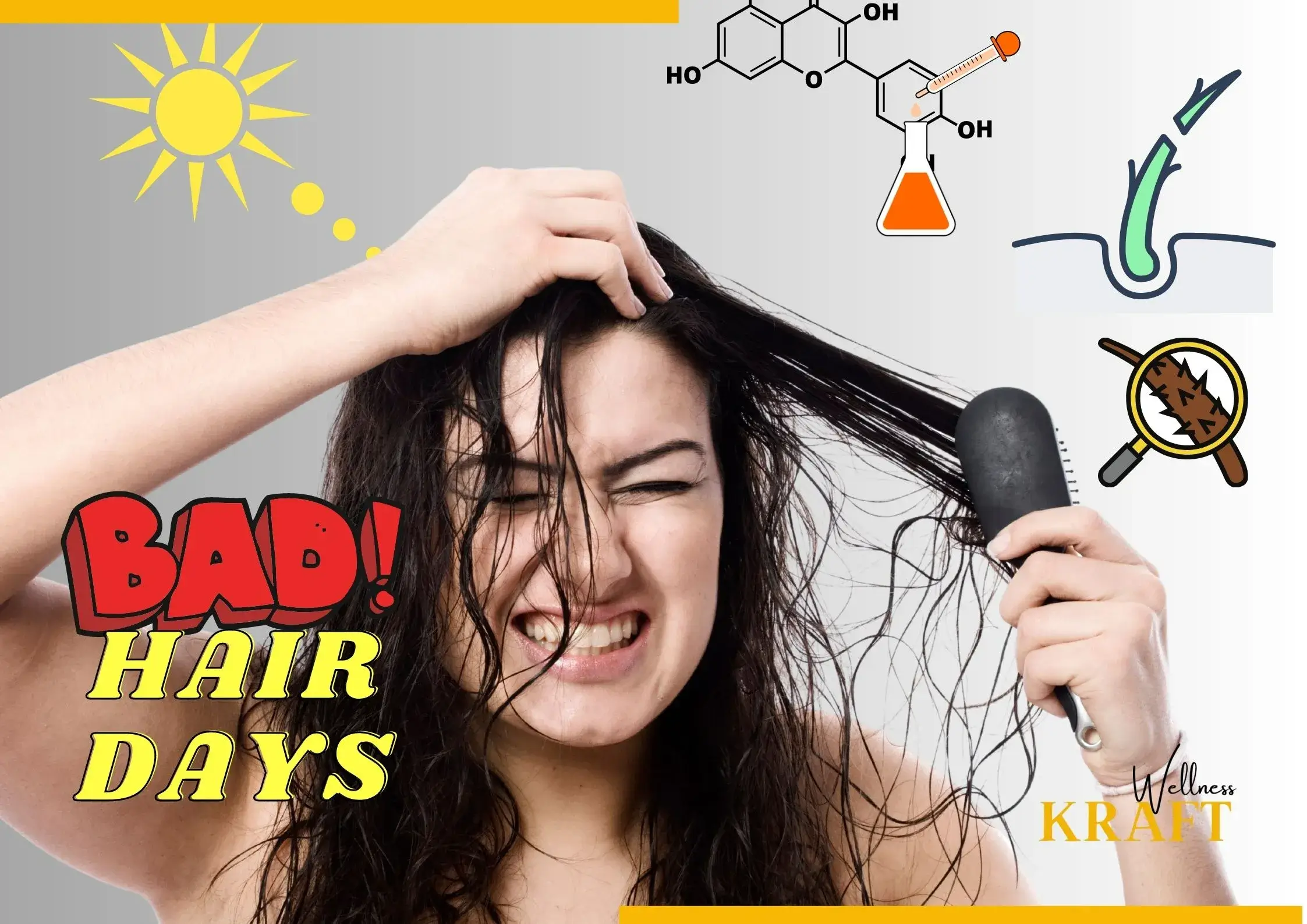



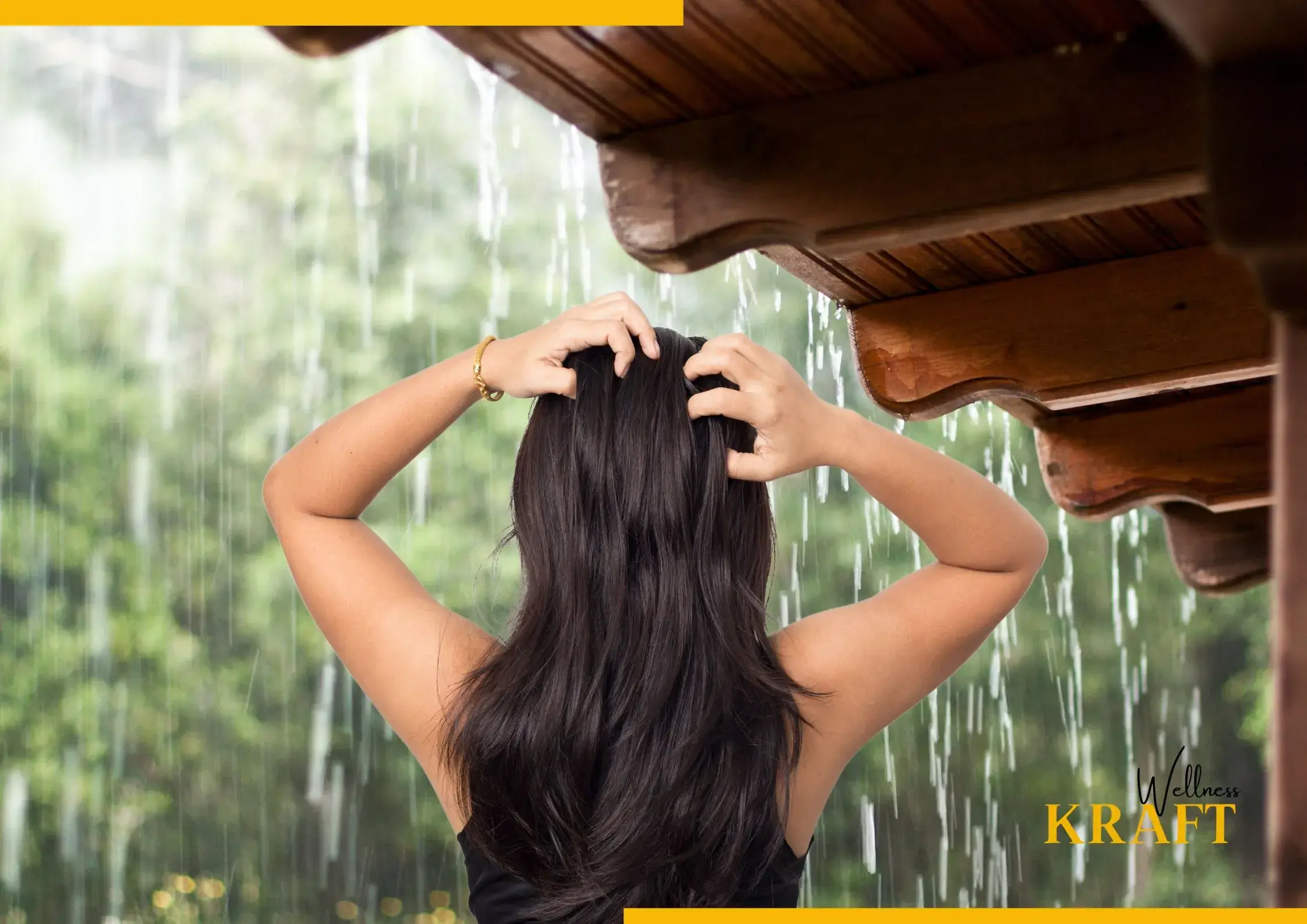


1 comment